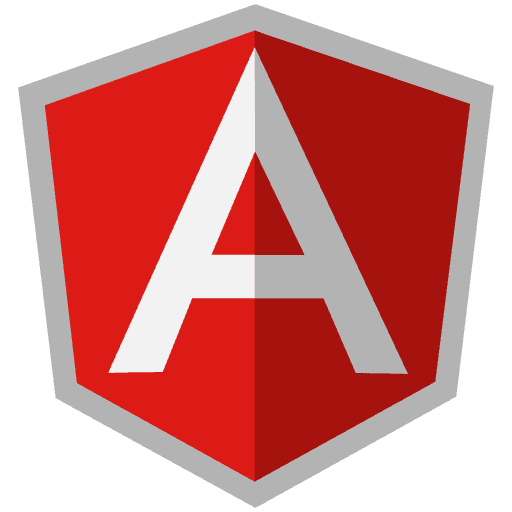Natural Language Processing (NLP) and speech recognition are fundamental components of artificial intelligence (AI) that enable dynamic interactions between humans and machines through natural language. These technologies empower computers to understand, interpret, and generate human language efficiently, processing vast amounts of unstructured data including text, audio, and video.
NLP encompasses various applications such as sentiment analysis, machine translation, named entity recognition, and text classification. Businesses leverage NLP to extract valuable insights from data and deliver personalized, efficient services to customers.
Speech recognition, a specialized subset of NLP, converts spoken language into written text by analyzing audio signals. This technology drives voice-controlled devices, virtual assistants, and automated transcription services, enhancing user experiences across industries.
Both NLP and speech recognition rely on sophisticated algorithms and tools like TensorFlow, PyTorch, spaCy, NLTK, and Gensim. Pre-trained language models such as BERT, GPT-3, and RoBERTa excel in NLP tasks and can be fine-tuned for specific applications. Speech recognition APIs like Google Cloud Speech-to-Text and IBM Watson Speech to Text provide efficient speech-to-text conversion services, catering to diverse needs.
The global market for NLP and speech recognition is expanding rapidly, driven by the demand for voice-activated devices, conversational AI, and data-driven insights from unstructured data. The NLP market is projected to grow at a compound annual growth rate (CAGR) of over 20%, reflecting similar growth in the speech recognition market.
These technologies find diverse applications across industries:
- In customer service, chatbots and virtual assistants enhance support and user experiences.
- In healthcare, speech recognition aids medical transcription, while NLP supports clinical decision-making and sentiment analysis.
- In finance, NLP and speech recognition are utilized for fraud detection, compliance monitoring, and sentiment analysis of financial news.
- In e-commerce, voice-activated shopping and personalized recommendations improve customer engagement.
- In education, NLP powers language learning tools and automated grading systems, enhancing the learning process for students.
Despite challenges like the need for large, high-quality datasets and addressing biases in language models, the benefits of NLP and speech recognition include improved user experiences, greater accessibility, and automation of manual tasks to increase productivity and efficiency across industries.
Recent trends in NLP and speech recognition include the adoption of large pre-trained language models, multilingual speech recognition, and zero-shot and few-shot learning techniques, contributing to the versatility and flexibility of these technologies.
In conclusion, NLP and speech recognition play a transformative role in human-technology interactions, driving innovation and enhancing user experiences across industries. As AI technologies continue to evolve, NLP and speech recognition will remain pivotal in unlocking new opportunities and shaping the future of technology.























